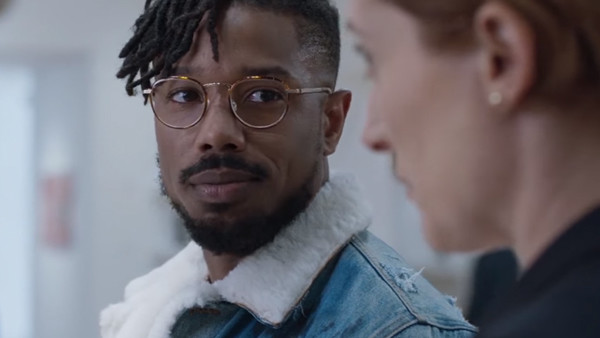The Marvel Villain Problem Explained
1. Where Are We Now?

These Phase 3 villains not only had more screen time, but the time they did spend on screen was dedicated as much to exploring their motivations as it was exposition or action. You knew why Killmonger was doing what he was doing; you understood his ideological stance (that was perfectly pitted against Black Panther's own worldview) and his backstory was intricately tied to the main plot in a way that made him a sympathetic figure. Like all great villains he was shrouded in shades of grey, and in turn masked the supposed "good" guys in the same uncertain morality.
All these villains had clear motivations and their own personal stakes tied to the plot, and even if they weren't fully interrogated, they managed to get the audience to think about deeper thematic material larger than the here and now. Even Hela, the weakest of the Phase 3 villains (down to Marvel slipping into bad habits like having her isolated from the bulk of the action and main cast), had motivations that raised questions about Asgard's colonial past, and added an interesting element to a race of heroes who had so far been presented as flawlessly moral people (if a bit arrogant).
So is it fair to say that Marvel still has a “villain problem”? Well, kinda. They’re still far more focused on heroes than villains, but they have made great strides recently to give their baddies more depth and, at the very least, simply more time on screen. Obviously the issues laid out here aren't hard and fast - The Winter Soldier was a great foil and he came in the midst of Phase 2, while Hela faltered in Phase 3, but the general trends seem to point towards an overall improvement.
It's not perfect yet, but Marvel are finally confronting their villain problem. Though that only matters if you ever considered it a "problem" at all.